Ensuring Excellence: Quality Assurance in Tube Bending
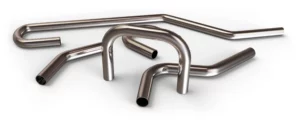
Tube bending plays a critical role in numerous industries, where precise and accurate bends are essential for the success and safety of applications. To ensure the highest standards of quality and reliability, companies like Tube Tech prioritize robust quality assurance practices in their tube bending processes. This article delves into the significance of quality assurance in tube bending, exploring the techniques and measures employed by industry leaders to deliver exceptional results and meet customer expectations.
Quality Assurance in Tube Bending
- Importance of Quality Assurance in Tube Bending:
- Emphasizing the significance of quality assurance in ensuring the structural integrity and performance of bent tubes.
- Highlighting the potential risks associated with substandard or inconsistent tube bends.
- Discussing the positive impact of quality assurance on customer satisfaction, reputation, and long-term business success.
- Inspection Techniques for Tube Bending:
- Detailing visual inspection methods to identify any defects, such as surface imperfections, cracks, or deformities.
- Explaining dimensional checks and measurement tools used to verify bend angles, radii, and overall tube geometries.
- Introducing non-destructive testing techniques, including ultrasonic testing and X-ray inspection, for identifying hidden flaws.
- Calibration and Maintenance of Quality Assurance in Tube Bending Equipment:
- Exploring the significance of regular equipment calibration to maintain accuracy and consistency in tube bending processes.
- Discussing maintenance practices to ensure optimal performance of tube bending machines and tooling.
- Highlighting the role of trained technicians in equipment upkeep and adherence to manufacturer specifications.
- Process Control and Documentation:
- Describing the importance of establishing robust process controls, such as machine settings and tooling parameters, to achieve consistent results.
- Discussing the use of standardized procedures and work instructions for operators to follow during tube bending operations.
- Highlighting the significance of comprehensive documentation, including process records and traceability, for quality control and continuous improvement.
- Employee Training and Skill Development:
- Emphasizing the role of skilled and knowledgeable operators in maintaining quality standards during tube bending.
- Discussing the importance of ongoing training programs to enhance technical expertise, problem-solving abilities, and understanding of quality requirements.
- Exploring the benefits of cross-training to ensure flexibility and competence across various tube bending techniques.
- Customer Collaboration and Feedback:
- Underlining the value of close collaboration with customers to understand their specific quality requirements and performance expectations.
- Encouraging open communication channels to address customer concerns and feedback regarding tube bending quality.
- Discussing how customer feedback can drive continuous improvement initiatives and foster long-term partnerships.
- Certifications and Compliance:
- Highlighting the significance of industry certifications, such as ISO 9001, in demonstrating adherence to rigorous quality standards.
- Discussing compliance with industry-specific regulations, standards, and specifications governing tube bending applications.
- Exploring the benefits of third-party audits and inspections to ensure an unbiased evaluation of quality assurance practices.
- Material Selection and Traceability:
- Explaining the importance of selecting the appropriate materials for tube bending applications to ensure compatibility and performance.
- Discussing the need for proper material traceability to ensure compliance with industry regulations and provide transparency to customers.
- Statistical Process Control (SPC):
- Introducing the concept of SPC and its application in tube bending.
- Explaining how statistical tools and analysis can help monitor and control the quality of tube bending processes.
- Highlighting the benefits of SPC in identifying trends, predicting variations, and implementing corrective actions.
- Continuous Improvement and Lean Manufacturing:
- Discussing the integration of continuous improvement methodologies, such as Lean Manufacturing principles, in tube bending operations.
- Exploring techniques like Kaizen and Six Sigma to drive efficiency, reduce waste, and enhance quality in the tube bending process.
- Showcasing examples of how continuous improvement initiatives have led to enhanced quality assurance and customer satisfaction.
- External Certifications and Industry Standards:
- Highlighting the significance of obtaining external certifications, such as ASME, ASTM, or specific industry certifications, to demonstrate compliance with recognized quality standards.
- Discussing the importance of staying updated with industry trends, advancements, and standards to ensure continuous improvement and maintain a competitive edge.
- Root Cause Analysis and Corrective Actions:
- Explaining the process of root cause analysis to identify the underlying reasons for quality issues or deviations in tube bending.
- Discussing the implementation of appropriate corrective actions, such as process adjustments, retraining, or equipment modifications, to prevent the recurrence of quality issues.
- Collaboration with Suppliers:
- Highlighting the importance of building strong relationships with material suppliers to ensure the availability of high-quality materials for tube bending.
- Discussing the establishment of quality requirements and specifications with suppliers to maintain consistent quality throughout the supply chain.
- Risk Management and Contingency Planning:
- Discussing the implementation of risk management strategies to identify and mitigate potential quality risks in tube bending processes.
- Exploring contingency planning for unexpected events, such as equipment failures or material shortages, to minimize disruptions and maintain quality assurance.
- Case Studies and Success Stories:
- Showcasing specific examples or projects where Tube Tech’s quality assurance practices have resulted in exceptional tube bending outcomes.
- Highlighting customer testimonials and success stories that illustrate the value and benefits of Tube Tech’s commitment to quality assurance.
Tube Bending Services
Quality Assurance in Tube Bending processes to guarantee the integrity, performance, and reliability of bent tubes. Through rigorous inspection techniques, equipment calibration, process control, employee training, and customer collaboration, companies like Tube Tech uphold the highest standards of quality in their tube bending operations. By prioritizing quality assurance, businesses ensure customer satisfaction, build a solid reputation and contribute to the overall success of their applications and industries.

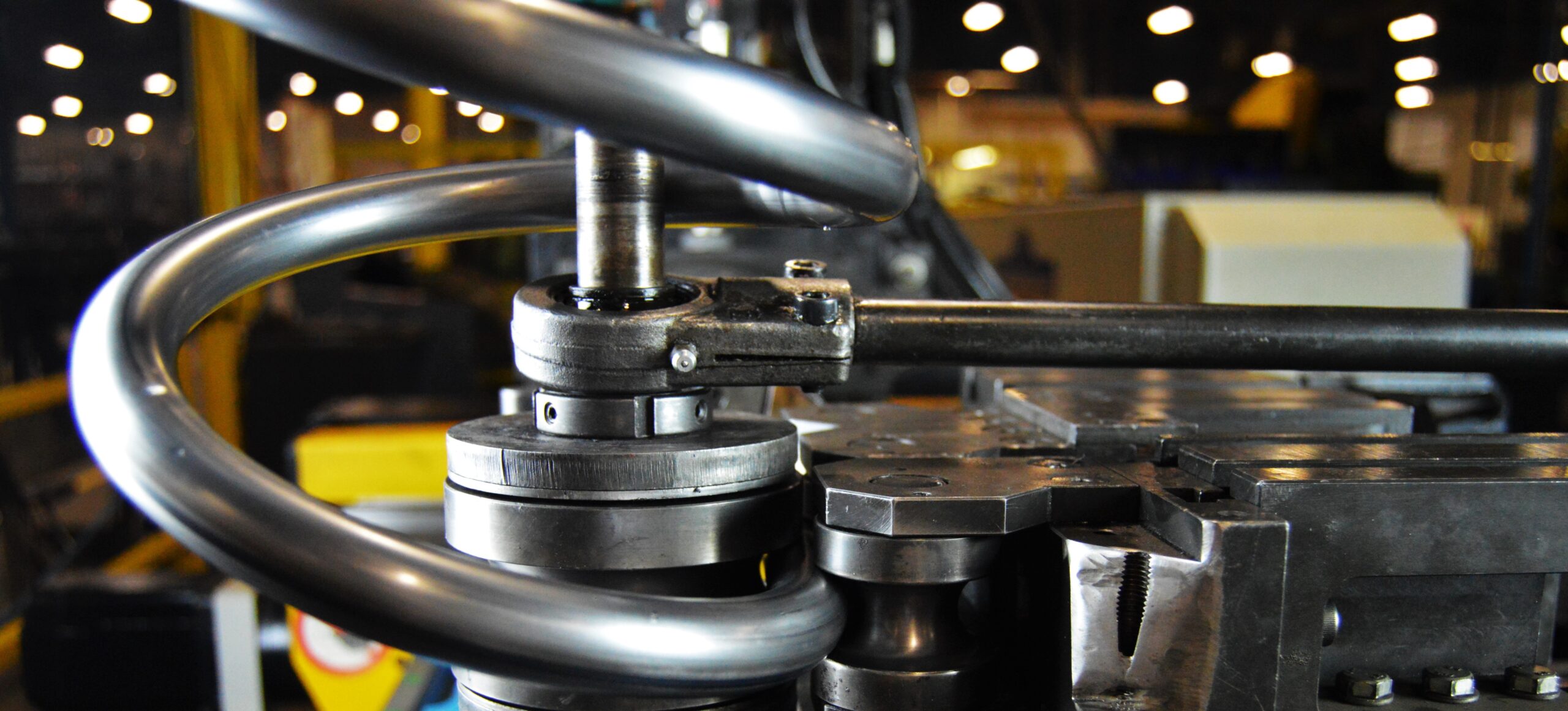


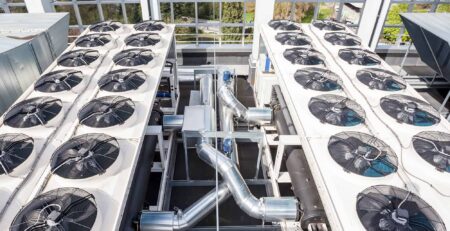
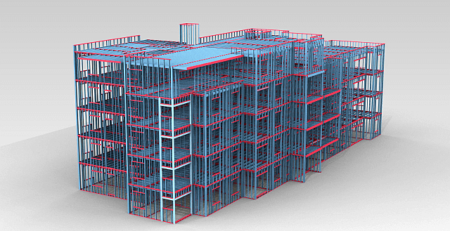

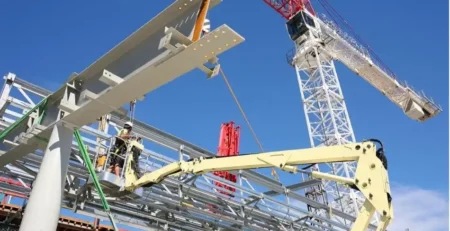
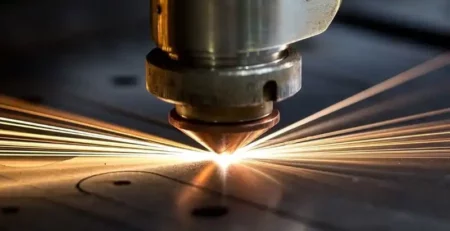


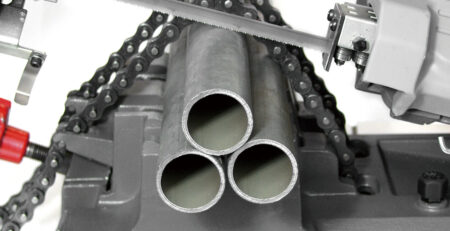


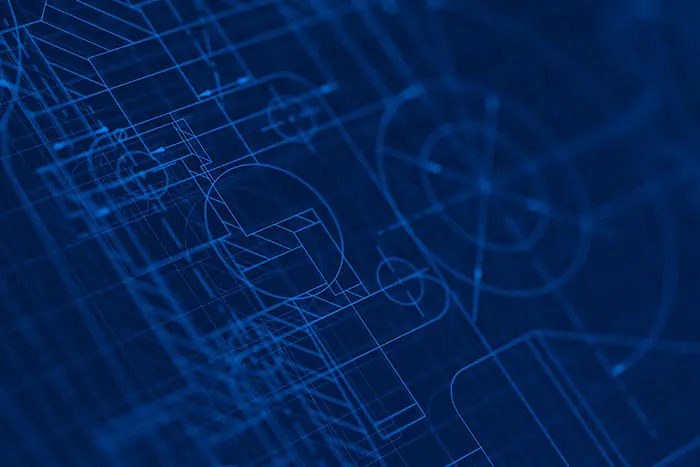
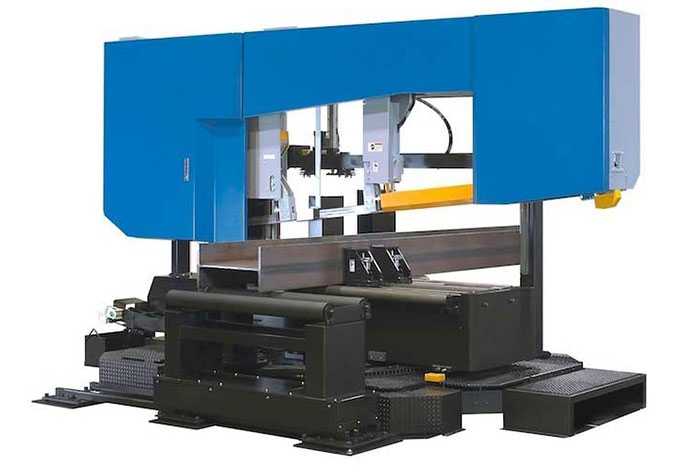
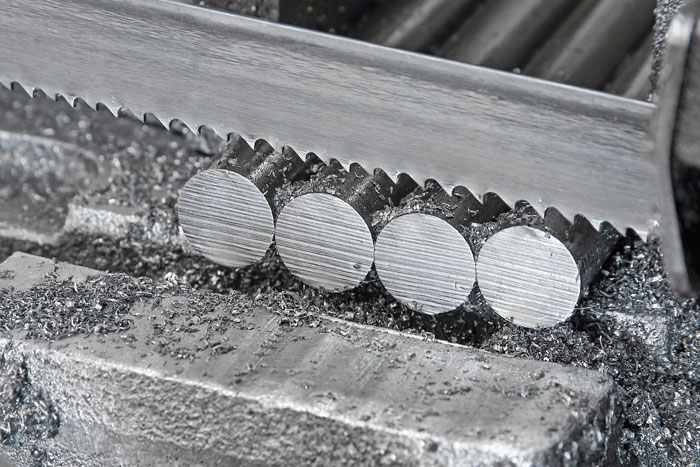

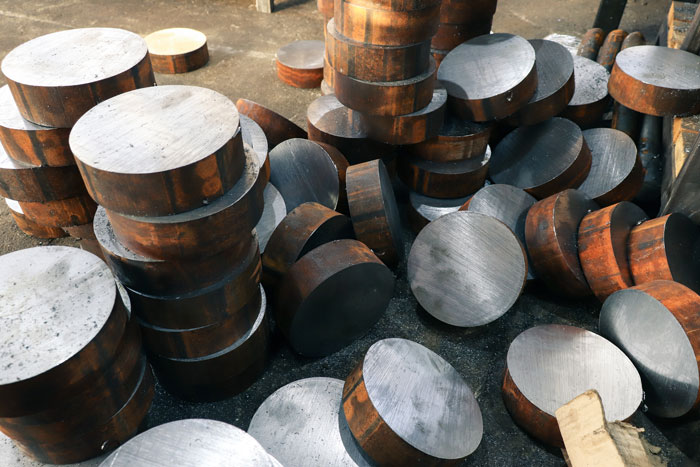
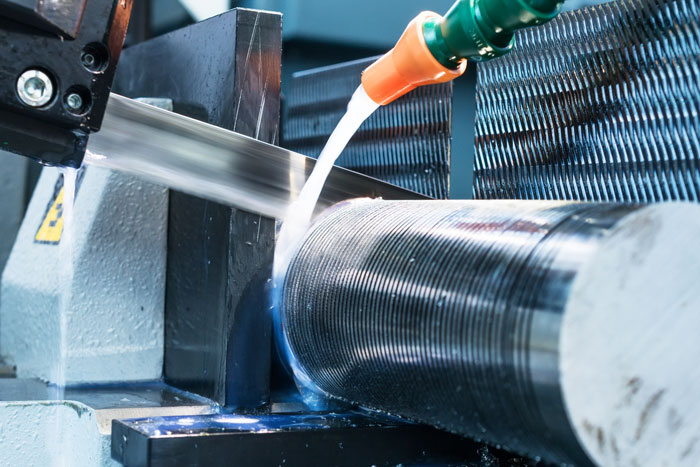
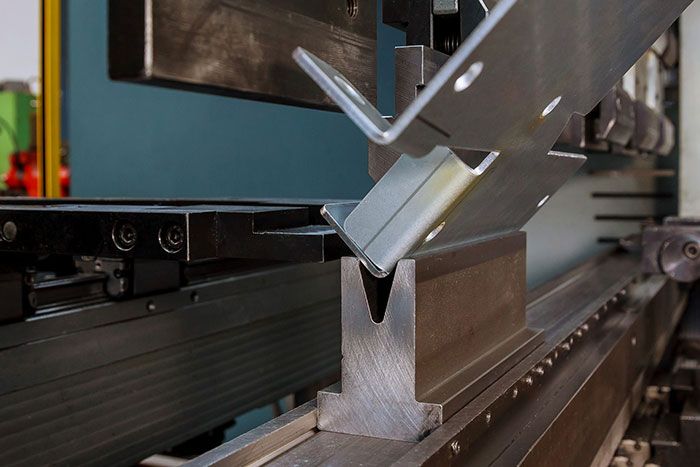
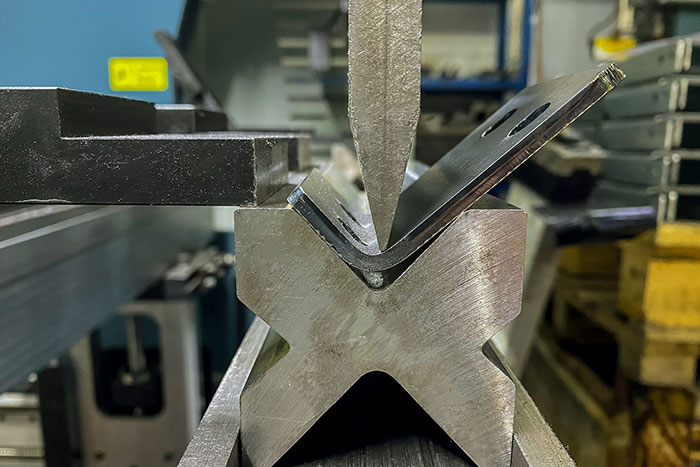
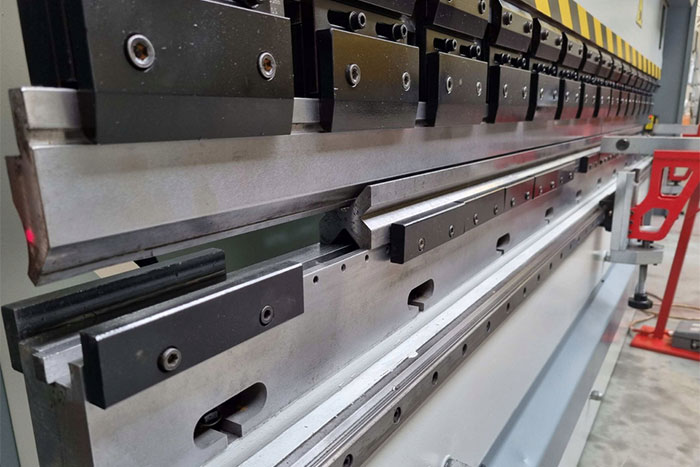
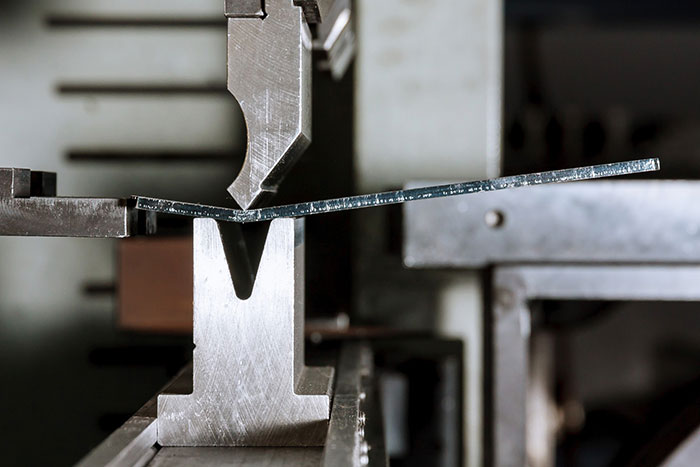
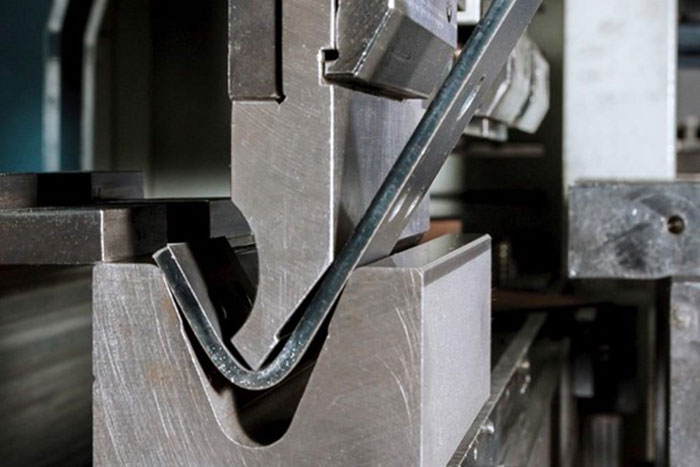
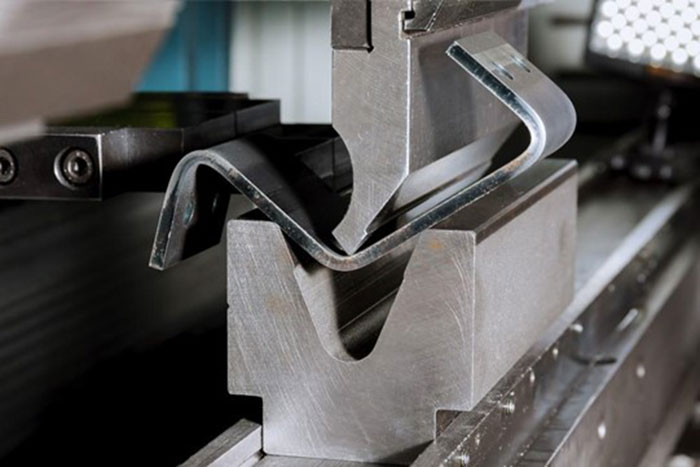
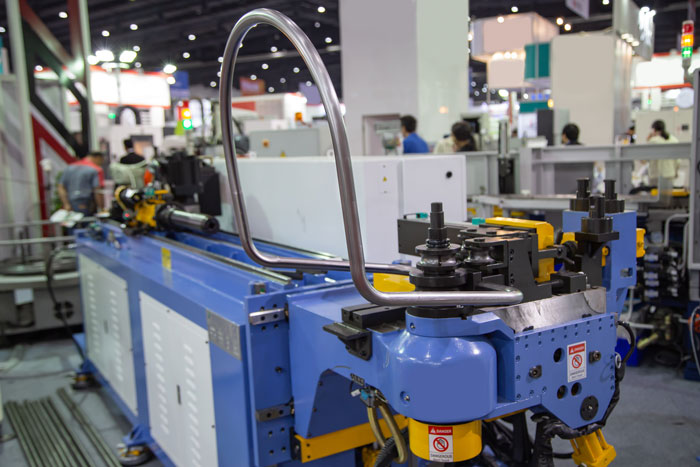
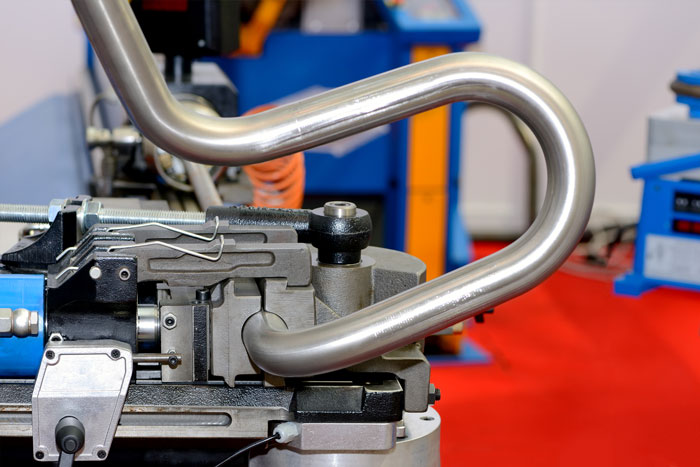
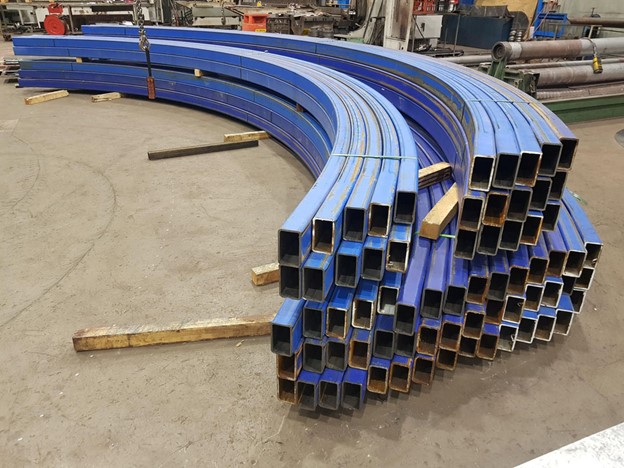
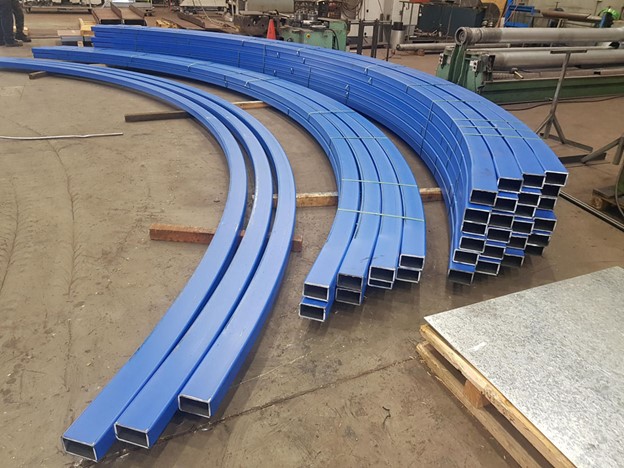
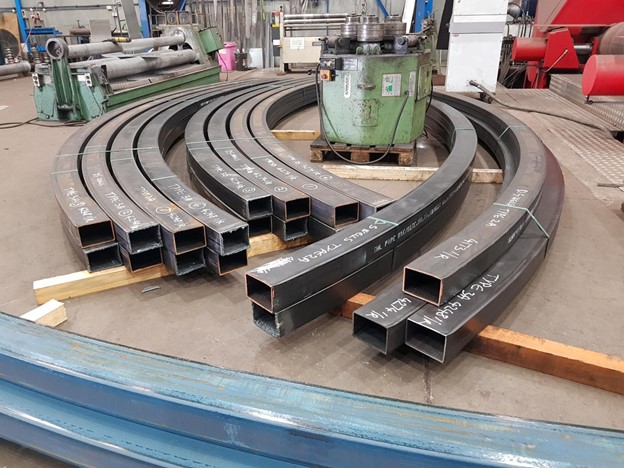
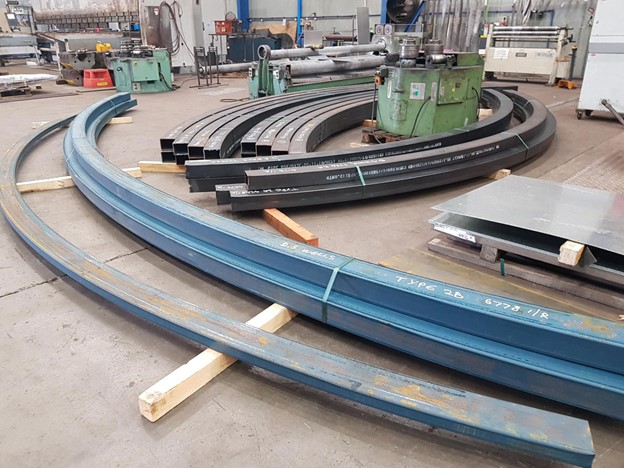
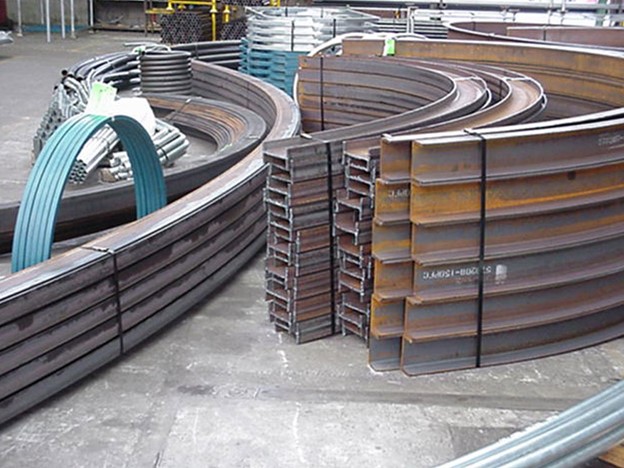
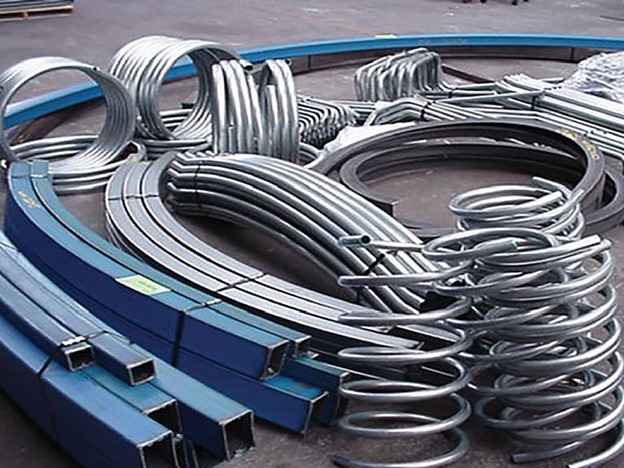
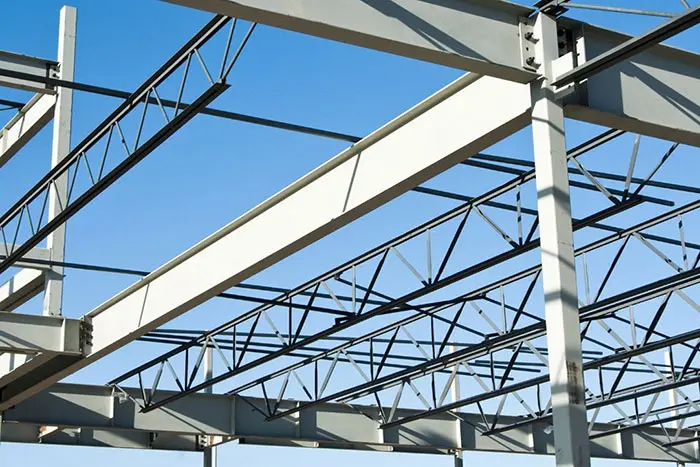
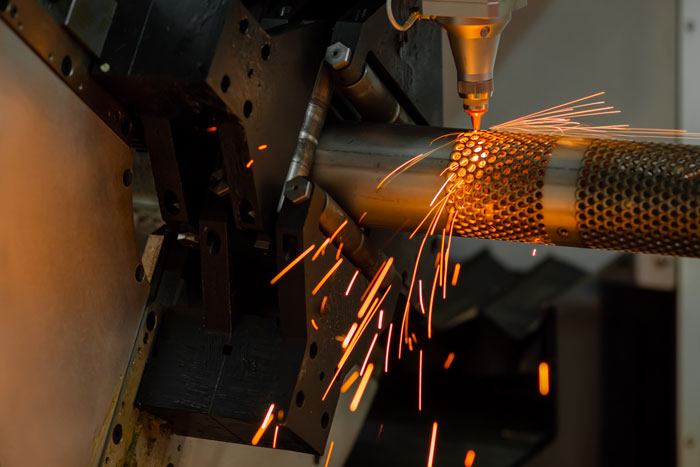
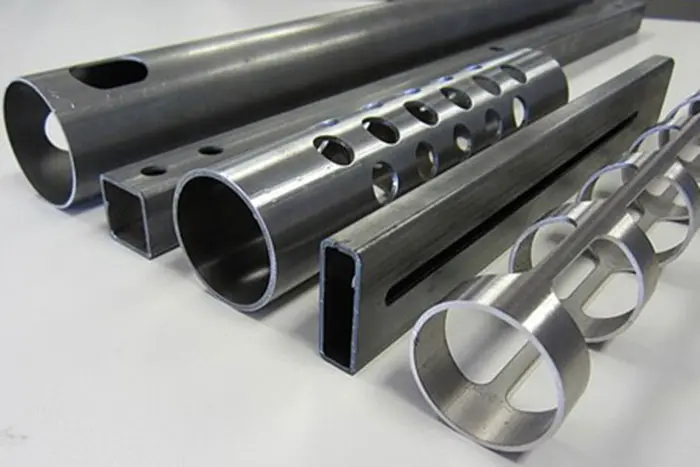
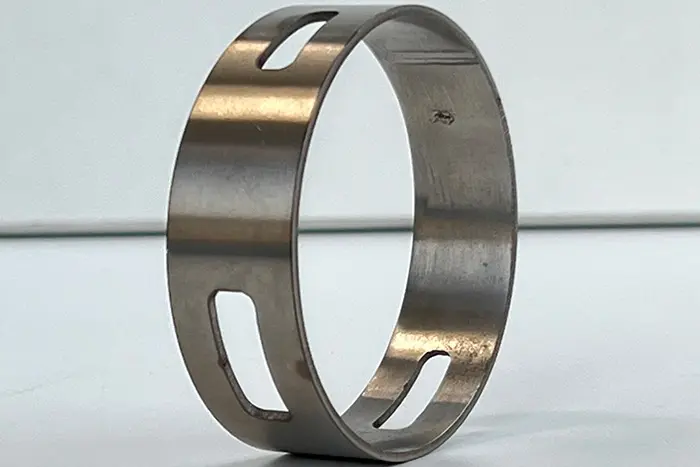
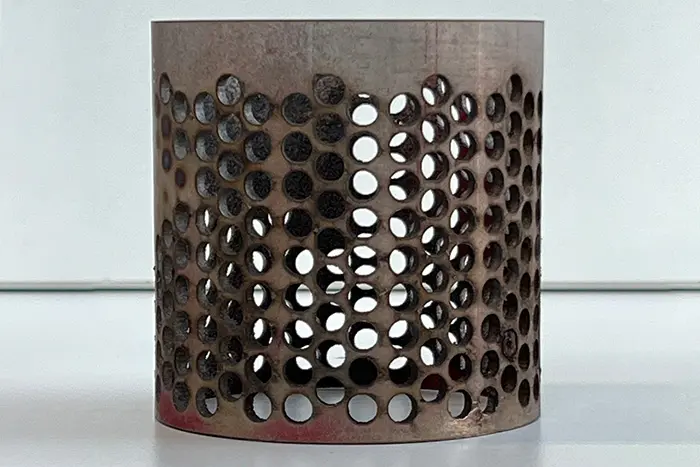
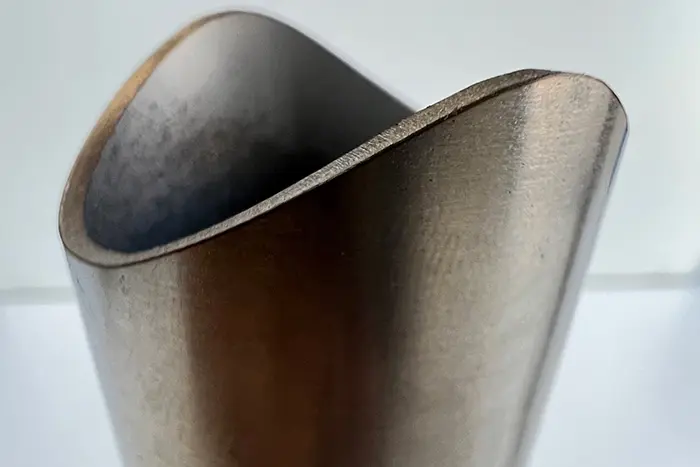
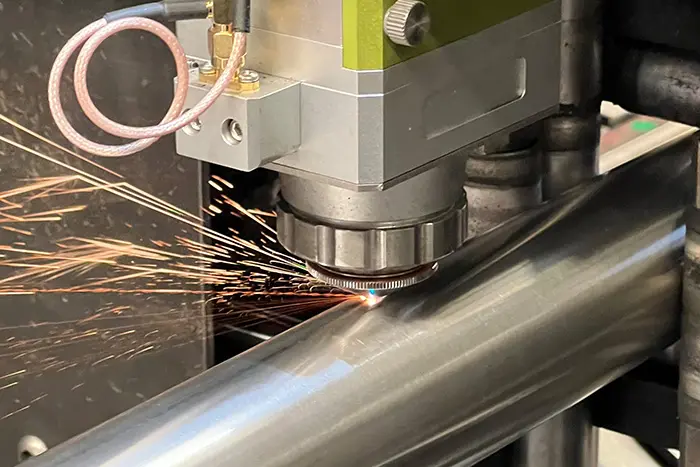
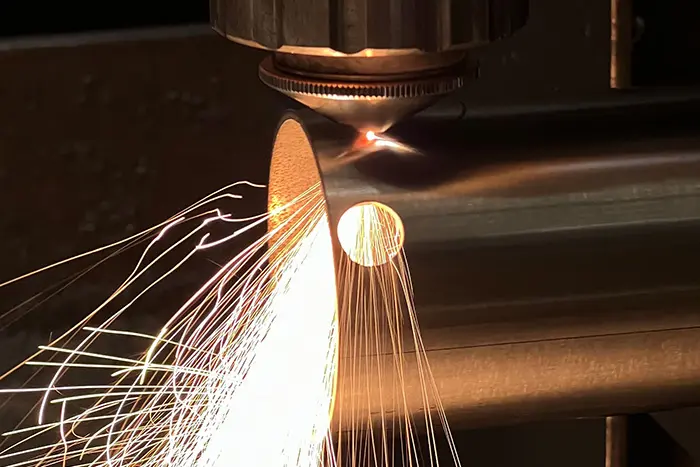
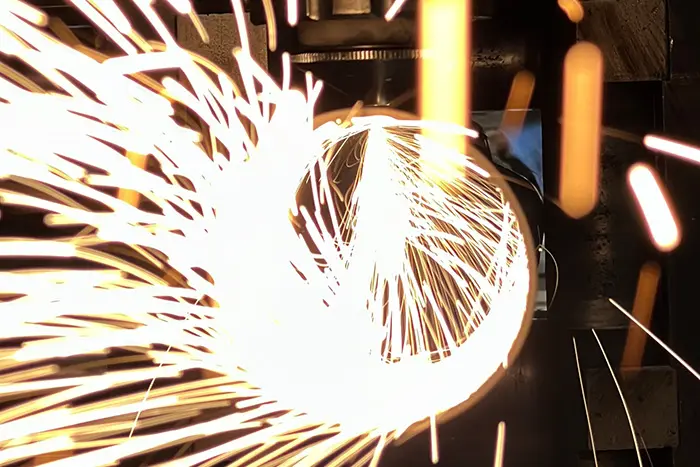
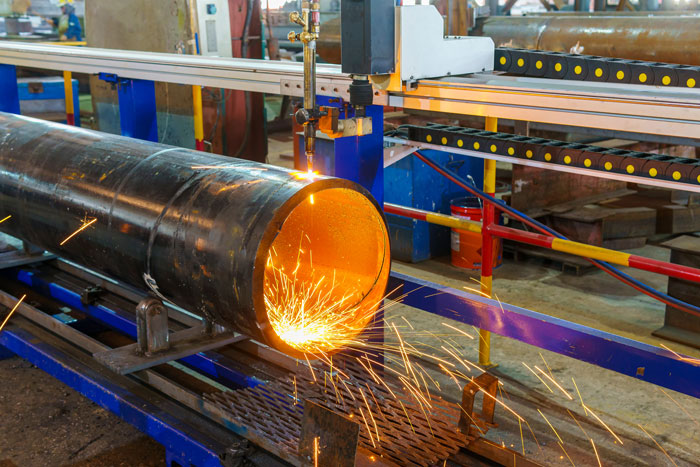
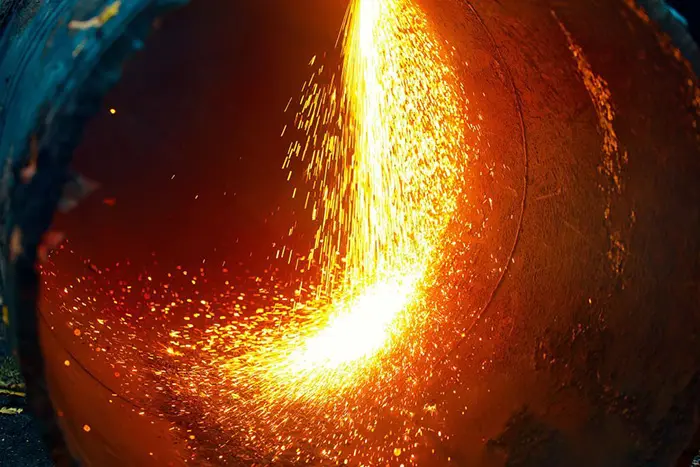
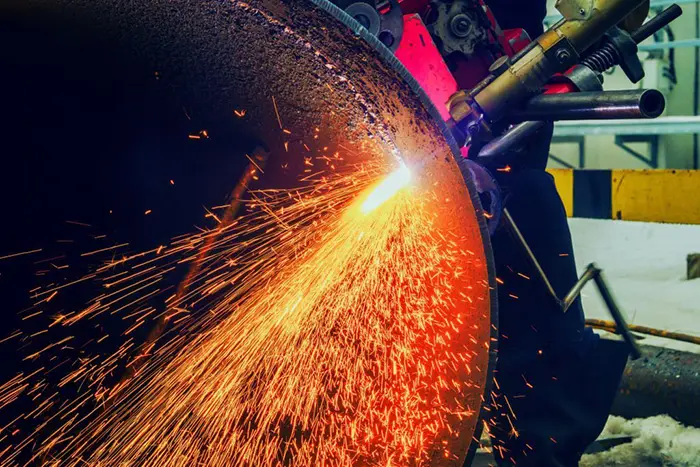


Leave a Reply